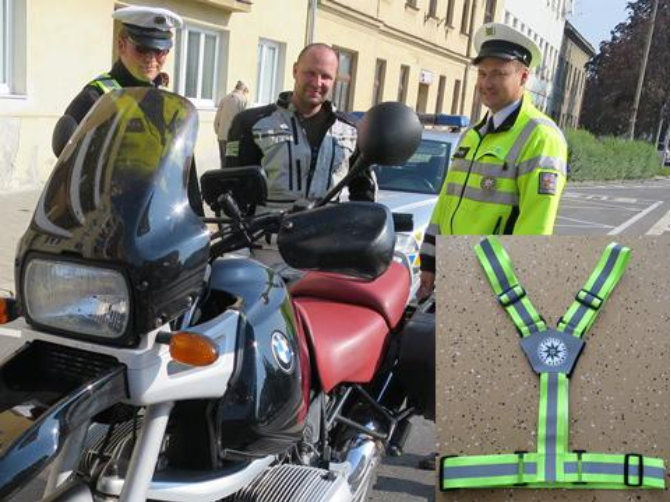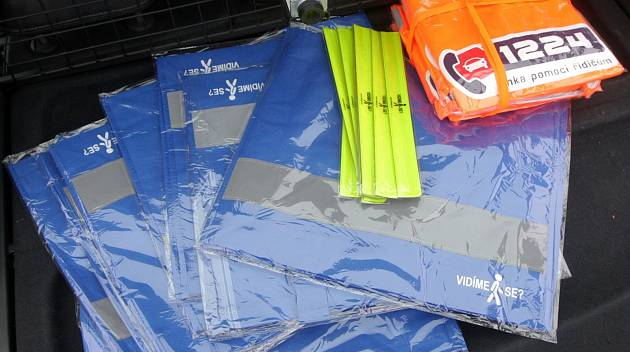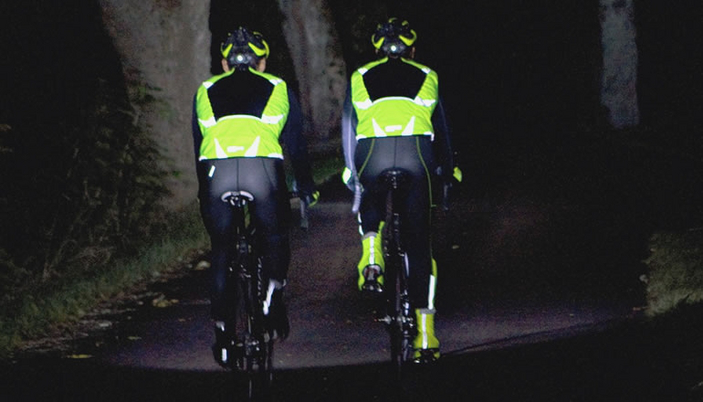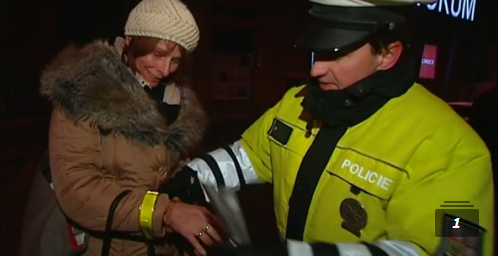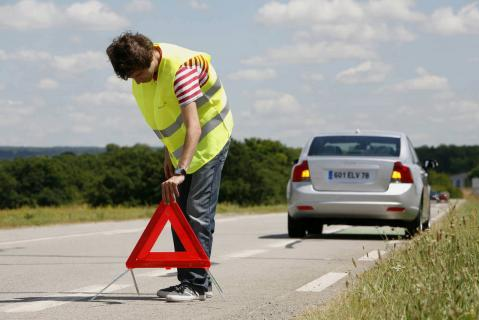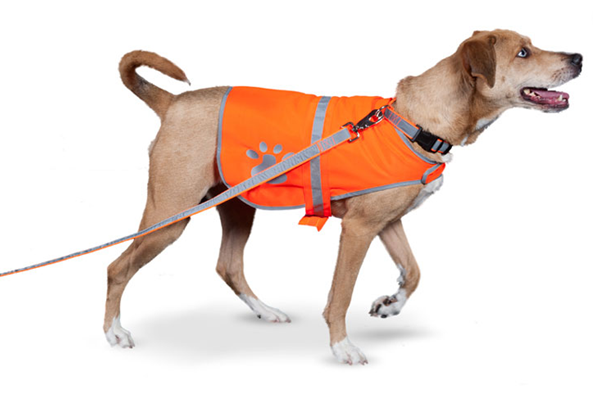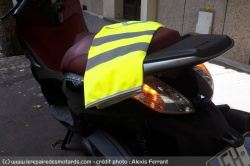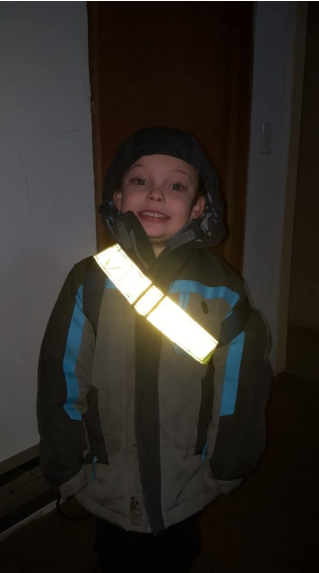With the October Decree, drivers have no obligation to drive bulbs or fuses in their car, and the contents of the first-aid kit have changed. Almost no one has noticed, however, that a reflective vest is missing in the mandatory equipment. The ministry tried to simplify the decree and go through the Austrians. However, experts point out complications in interpreting the law.
The Ministry of Transport has simplified the technical equipment of the car. Decree No. 208/2018 Coll. Came into effect with the first October day of last year, which amended the decree on the approval of the technical competence of the car and on the technical conditions of operation of the vehicle on the roads. For example, you do not need to carry spare bulbs in a car, for example, which most drivers can no longer replace, or fuses or, in certain circumstances, a spare wheel. And from the first-aid kit, the drivers could take out a lot of things.
The Czech Republic was one of the last countries where the law ordered drivers to carry the equipment. By decree, the Ministry has simplified many things and is actually going through the Austrians, who also do not have to carry everything from a flashlight to a light bulb in their car, but their equipment is mostly related to the driver and is more on his responsibility than he wants to be prepared for. You can find a detailed overview of the changes here.
But few have noticed that after the revision, the reflective vest with reflective tape has been dropped from the decree, and thus from the mandatory equipment of the car, also recommended and expertly discussed. This is already mentioned only in the Act on Road Traffic No. 361/2000 Coll., According to which the driver must wear it in the case when it is moving on the road outside the village during an emergency stand. There is no obligation to wear reflective elements in the village.
Experts criticize the gap in the law, as this innovation can lead to speculation in the technical and roadside control of the car, but also to reduce road safety.
“I’m surprised that almost no one noticed. All of them, after the amendment of this decree, were limited to information on bulbs, fuses and the contents of the first-aid kit. Thanks to this, we almost missed the big topic of visibility of road users and possible complications associated with missing a vest in the vehicle,” comments the transport specialist Martin from Dekra, who drew attention to the hole in the paragraphs.
He added that it is necessary to alert the driver to the absence of a vest in the compulsory gear, as this should be clearly and completely defined in the decree to avoid speculation and speculation about the interpretation of the law. Now, drivers need to have a vest in the car.
The ministry insists that the vest remains compulsory. However, it is not really in the decree. Therefore, the editors asked for an interpretation of the transport law expert Michal Diablo. “It is necessary to distinguish between compulsory equipment, that is, what must be in the vehicle at all times and between what the driver must sometimes wear. And since the reflective vest has dropped out of the Decree on Technical Approval and Technical Conditions for Vehicle Operation on October 1, 2018, there is no doubt that it is no longer part of the mandatory equipment,” Dlabola pointed out.
Likewise, Roman, an expert on transport safety, sees the new Vision Zero security platform. “The reflective vest is no longer listed in the mandatory vehicle equipment. It is hard to say whether this is a mistake or a ministry’s intention,” he said.
The topic of visibility is often discussed and road safety experts often resemble the vest. In addition, since February 2016, the obligation to have reflex accessories for pedestrians outside the village has been introduced in the Czech Republic. “For this reason, the absence of a reflective vest appears to be a mistake in the compulsory equipment of the vehicle. If there is a mistake, the immediate remedy is in place,” Bednar appeals.
What does it mean in practice? The driver doesn’t have to drive her in the car. “This means that if the driver does anything other than move on a road outside the village in an emergency, due to an accident, failure, or nausea, no one can skip it and fine for not having a reflective vest in the vehicle. The police cannot blame the driver even if he/she is in an emergency state in the village or if he/she is in a state of an emergency outside the municipality, but does not move along the road,” explained Michal Dlabola, an expert on transport law.
Since the vest is not directly listed in the decree, it should not be interested in the STK technicians as part of the mandatory equipment of the car, which may not cause it to malfunction during the technical test of the car and threaten the driver that his car will not pass MOT due to a missing vest. Only mandatory equipment items are subject to control.

